US History Test 1 - IDs -
1/34
There's no tags or description
Looks like no tags are added yet.
Name | Mastery | Learn | Test | Matching | Spaced |
|---|
No study sessions yet.
35 Terms
Pledge of allegiance
Who: Francis Bellamy, a Christian socialist…. Maybe. Or maybe Frank E Bellamy, a 13 year old from Kansas. Or someone else. It was recited months before Francis claimed to have written it.
What: it’s the pledge.
When: 1892
Where: New York
Why does it matter?: national unification, expressing ideals of the nation (see written by socialist) . Counter the individualism of capitalism. In Cold War “under god” was added to oppose communism. Meaning shifted.
The great upheaval
Who: railroad workers
What: a strike which shutting down the economy and resulted in state militias being set out by governors (Maryland, Pennsylvania). Federal officers were sent in on orders of the president. Nearly 100 Americans died, nearly 40 million dollars of property destroyed by workers.
When: 1877. It’s also called the great railroad strike of 1877.
Where: from Baltimore to st Louis
Why does it matter: it foreshadowed the future of labor conflicts in the US and convinced laborers of the importance for institutionalized unions, and businesses that they needed more influence and sway within the govt
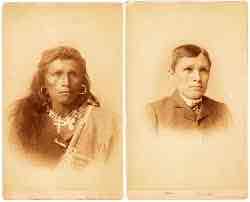
Carlisle school
Who: Christian missionaries, native people, the US government
What: a “Indian reform school” meant to convert native people and conform to European American society.
When: late 1870s, 1880s ish
Where: Pennsylvania (?)
Why does it matter: marks the effort to “reform” native people of their traditional ways and force them to conform to a white way of life, and the governmental support for this idea. “Save the man, kill the Indian” and all that jazz
Note: “assimilation”, off the rez and to wider American culture
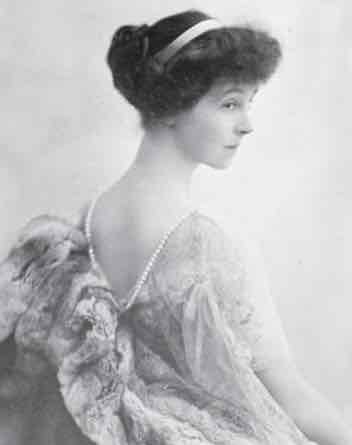
Consuelo Vanderbilt
Who: child of William Vanderbilt, American socialite
What: married the 9th Duke of Marlborough, against her will. Was later annulled.
When: 1877-1964
Where: the Biltmore, an opulent house owned by the Vanderbilt family for years
Why it matters: a marker of high class Americans of the gilded age and the intense wave of conspicuous consumption following them. Status seeking, title gaining
Social Darwinism
Who: William graham sumner (pro) vs Henry George (against). Herbert spencer (pro, primary proponent)
What: the belief that certain classes or types of people were not meant to thrive, eg survival of the fittest, taken to a level of social classes. “Don’t help the poor because of they can’t help themselves, they’re not meant to survive”. Rich ppl deserve to be rich because ermmmm I said so, type beat
When: 1880s
Where: USA
Why does it matter: the increase in social inequality and the vast delta between classes of people and the consequences of that on cultural ideas of wealth distribution and social class.

Buffalo Bill’s Wild West Show
Who: Bill Cody, Sitting Bull, Annie Oakley
What: takes fantastical novels of the west and makes it a show, proliferates idea of the whimsical wild west in the east and throughout the world. Sharpshooters, cowboys, Indians, big band, etc.
When: 1880s/90s
Where: everywhere
Why does it matter: formed our first ideas behind the spaghetti western, overall popularization and romanticism of the west as a genre. Sort of erased the gritty reality of the west, or at least the most truthful version.
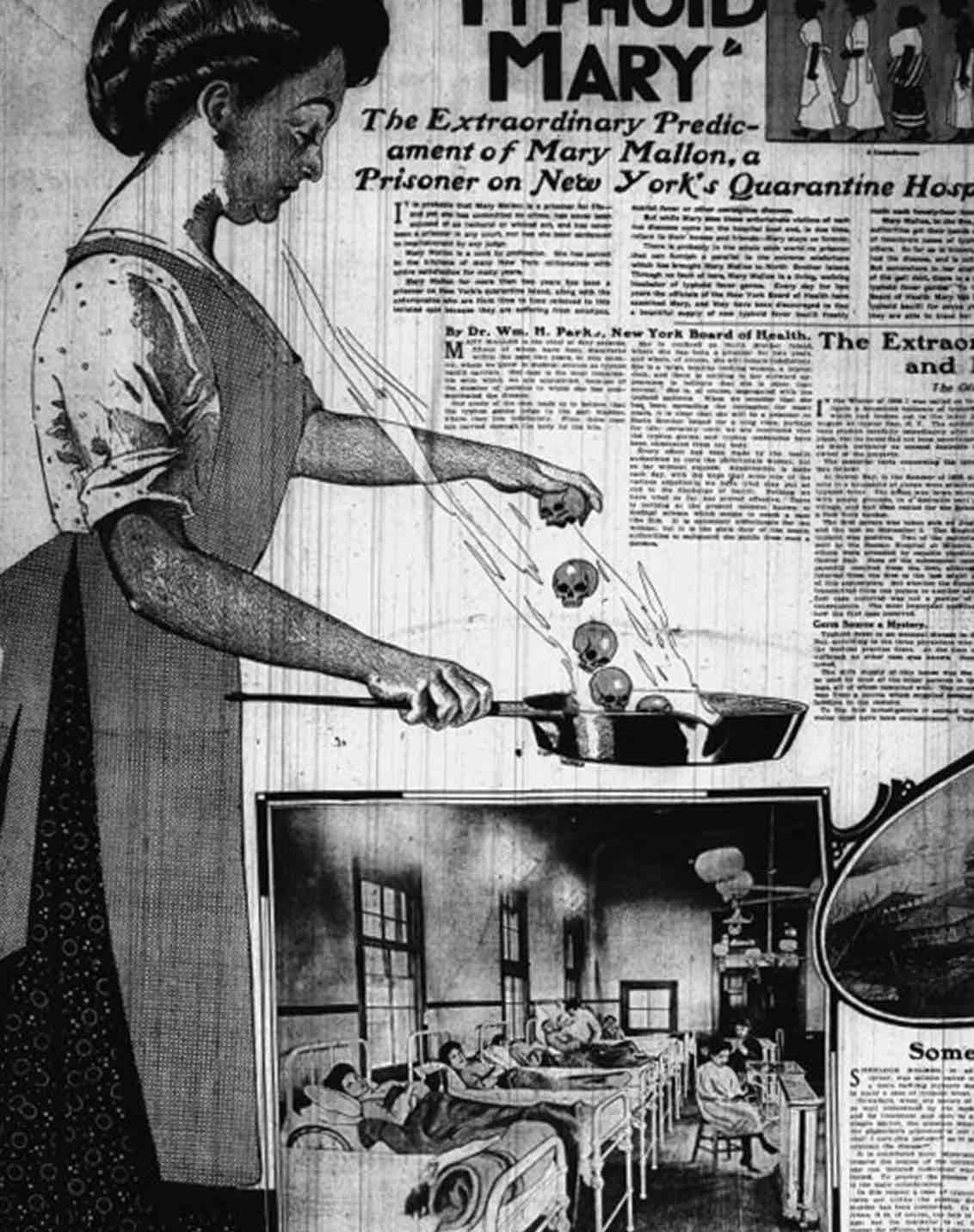
Typhoid Mary
Who: Mary Mallon, asymptomatic carrier of typhoid, who worked in NYC households as a cook and caused nearly two dozen people to fall ill. Also an Irish immigrant.
What: faced medical malpractice, put in an isolation center for like three years. Am epidemic broke out a few years later where she worked, and she was accused, and they ensured she didn’t work as a cook again.
When: (1869-1938), immigrated in 1883, carried typhoid from 1900-1907
Where: New York City
Why does it matter: growing of understanding of medical sphere, gives better understanding of how diseases are spread in urban areas, leads to sanitation movement. Media coverage of her contributed to the view of immigrants being dirty or diseased.
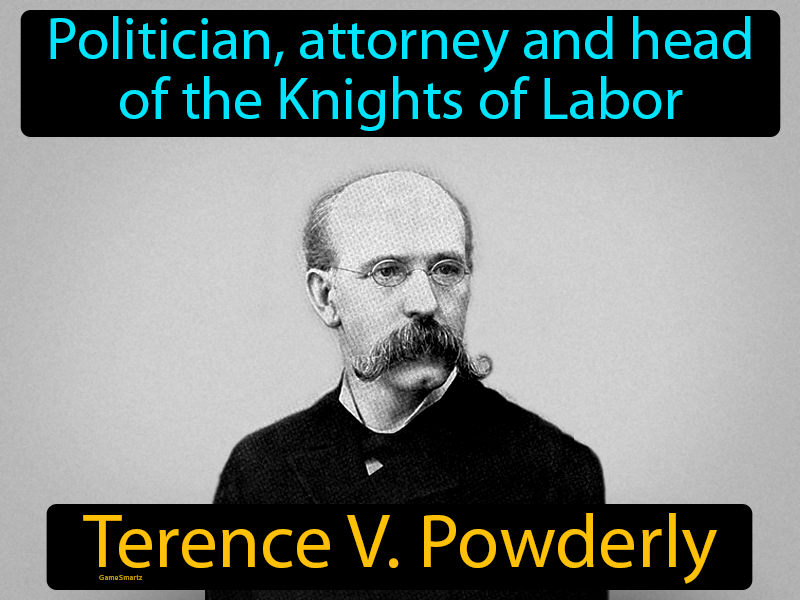
Knights of Labor
Who: Terrence Powderly (leader)
What: a union of skilled and unskilled workers. People were convinced to join after the great railroad strike of 1877 and union membership began to climb. They envisioned a producer centered society that rewarded labor rather than capital. Mostly focused on practical gain, though. Campaigned for eight hour days. Unraveled by haymarket square riot (Chicago) discredits labor union movements (seen as anarchistic)
When: late 1800s industrial movements, really ended in 1886 on the day of the haymarket riot.
Where: across the country, Chicago in particular
Why does it matter: failure of movement set back progress of campaigning for eight hour days, caused activists to be seen as extremists. Eventually a more conservative group came out, and the sweeping vision of a producer centered economy completely unraveled
Omaha Platform
Who: written by Ignatius Donnelly, a Minnesota populist
What: wanted to prevent monopolistic spread of capitalism in exchange for government expansion. Federal managed warehouses, postal savings, extend credit. Wanted to make silver valuable like gold, cause inflation, make it easier to fill out debt.
When: 1892
Where: Omaha, Nebraska
Why does it matter: popular introduction of the idea that capitalism and monopolies were something to worry about in the new industrial age and that companies should be managed by the government
“Lost Cause”
Who: new south boosters, ie United daughters of the confederacy, Thomas F Dixon, David W Griffith
What: the idea that there was another cause of the civil war besides slavery. That the south was inhabited by benevolent masters and happy slaves and civil ladies. The glorification of the antebellum south
When: reconstruction, post civil war
Where: the “new south”
Why does it matter: popularized the false idea of the idealistic south, still prevalent in many today. Stirred north and south conflict, paints the north as unreasonable and the south as simple people living an honorable life. Forever altered history books in the south, people STILL believe in this ideal south and the idea that slavery wasn’t the motive for the civil war
Plessy v Ferguson
Who: 8/9 Supreme Court judges, Homer Plessy (1/8th African American), judge John H Ferguson
What: a legal case in which the Supreme Court enabled the doctrine of “separate but equal” in context to the Constitutionality of racial segregation laws. Came into being by Homer Plessy purchasing a rail ticket for white passengers in contest to a law that required separate but equal accommodations for Black and white passengers, which was thought by protesters to not be possible to consistently apply. Plessy was arrested, tried by Ferguson, case came before the Supreme Court. They ruled against Plessy.
When: 1896
Where: Louisiana
Why does it matter: solidified the idea of separate but equal until the case was overturned by brown v board. Made this type of racism institutional and approved on a federal level.
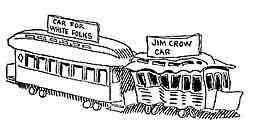
The Maine
Who: 354 American sailors (3/4 dead), president McKinley
What: an American battleship docked in a Havana harbor that exploded, killing many of the occupants. A strong belief that the Spanish were to blame became prevalent in American, and many yellow journals called for war. (It wasn’t the Spanish, just a malfunction)
When: February 15th, 1898
Where: Havana, Cuba.
Why does it matter: it began the Spanish-American war, which caused few American casualties and gained some ill-gotten colonies (Cuba and the Philippines, although the acquisition of those caused more casualties than the Spanish war). Called “a lovely little war”, was a giant ego stroke for the younger generation of men who didn’t fight in the civil war, tied to the belief of the decay of manhood in the wake of industrialization

American Exceptionalism
Who: Alexis de Tocqueville (coined the term)
What: the concept that America, as a nation, is special in a way that other countries aren’t. That we’re more advanced or more godly or that our way of living is the “right” way, as opposed to other nations, and especially in relation to native peoples or generally counties with a larger population of POC.
When: yes.
Where: all of America
Why does it matter: ties into anti-immigrant ideas, proliferation of capitalism and the American republic, rationalizes the questionable morality of westward expansion and America taking hold of colonies and territories (Cuba, Hawaii, the Philippines)
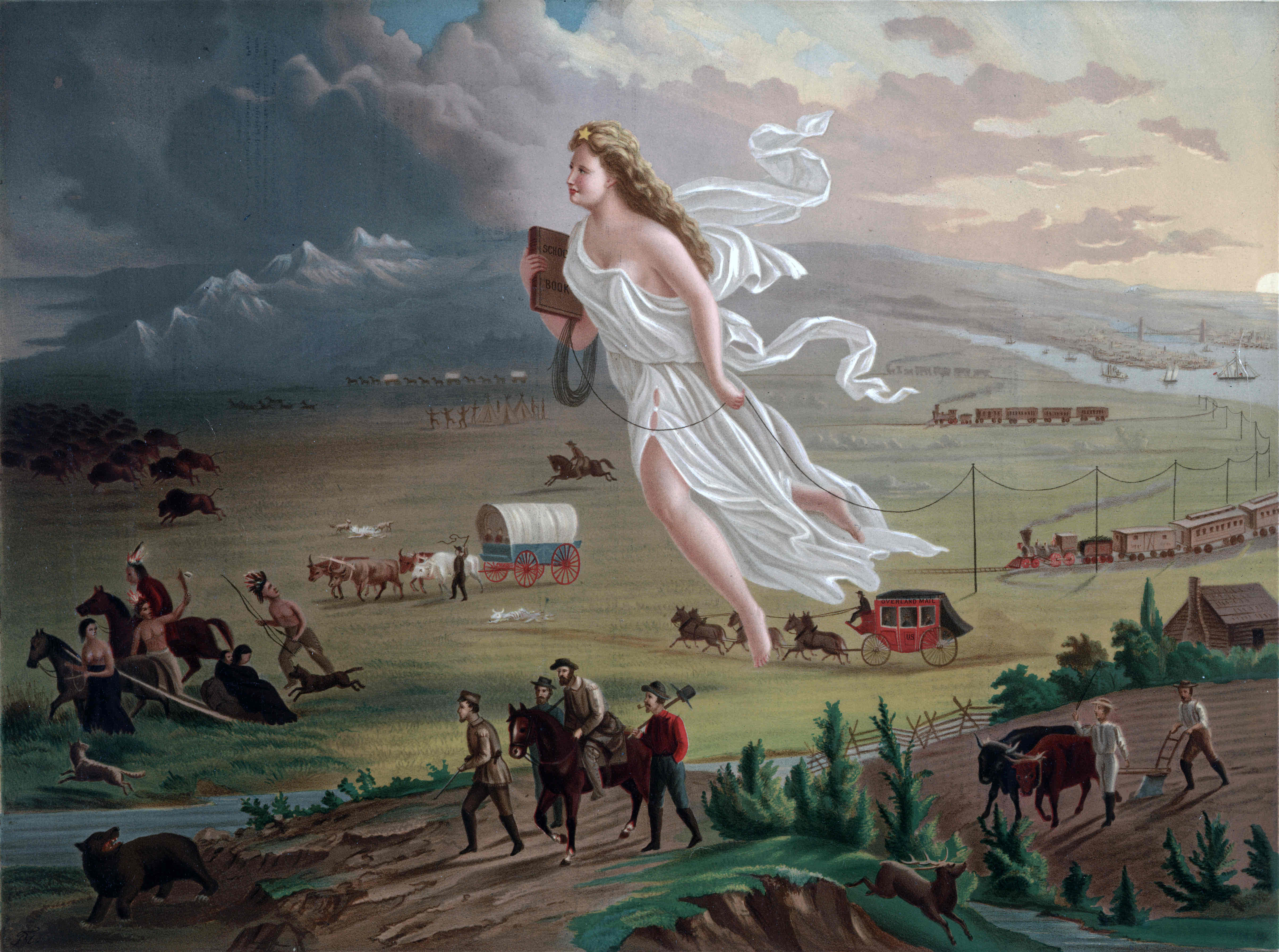
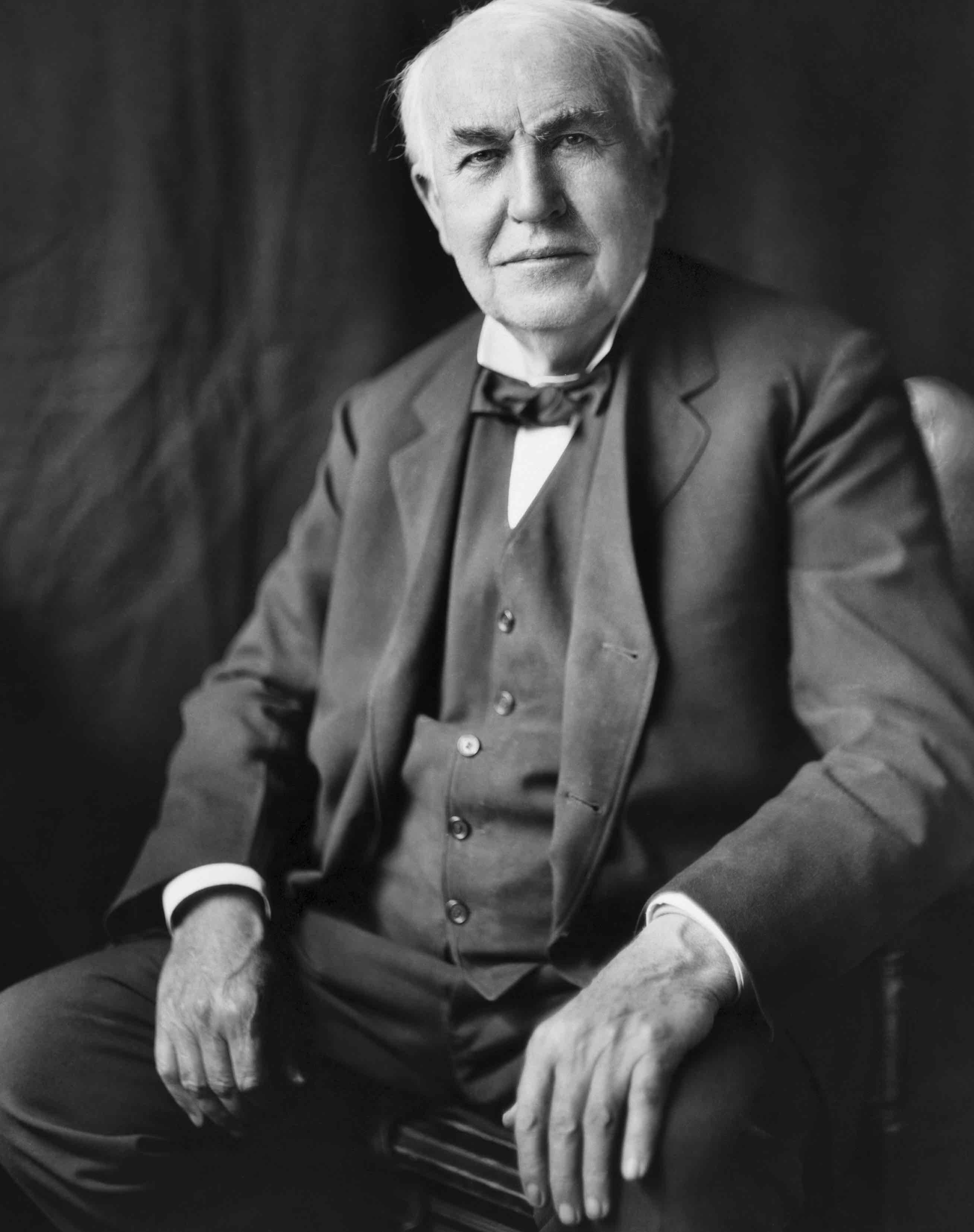
Thomas Edison
Who: an American inventor
What: credited with inventing a variety of things, namely the lightbulb
When: 1847-1931
Where: America
Why does it matter: represents the influx of invention happening during the second Industrial Revolution. The lightbulb enabled factories to work day and night, electric rail cars enabled travel, with elevators cities could start building upward. Rapid invention that changes the world

Jacob Riis
Who: an immigrant to US from Denmark, journalist who used photography as an agent of social reform.
What: Riis took photos of the gritty reality of the slums of NY, publishing articles and giving lectures about what he saw. Portrayed the lower classes as sympathetic, brave, and human in spite of their terrible conditions. Encouraged a more sensitive attitude to lower classes
When: 1849-1914
Where: NYC, lower east side of Manhattan.
Why does it matter: shows the difference between the upper classes with their golden coverings and the truth of the poor classes. Displays the contrast in the gilded age, how different life was depending on your class, how the rich ignored the reality of poverty.
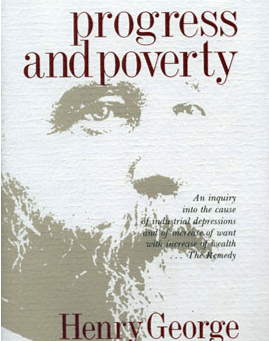
Henry George
Who: an American economist
What: wrote progress and poverty, shows the irony of the rise of the rich and immense poverty
When: 1879
Where: America
Why does it matter: demonstrates the irony of the gilded age, how so many went without what was needed while the rich overconsume. Was a bestseller.

Wounded Knee
Who: an American cavalry unit, 350 Lakota (over 100 women and children)
What: last battle (massacre) of the Indian wars against 300 unarmed Sioux. Mostly women and children. A skirmish turned into a massacre after a shot was fired, about 2 dozen calvarymen killed by Sioux’s hidden weapons, but 150-300 Lakota men, women, and children killed.
When: December 29th, 1890
Where: South Dakota
Why does it matter: represents the “closing of the frontier” ala the turner thesis. The end of the Indian wars. Another mark of America’s incursion on native nations
Chinese Exclusion Act
Who: Chinese immigrants, government of California and federal government
What: 1st legislation to cut off immigration of a specific racial group or country. Restricted Chinese, especially women at first, and later all laborers with the implementation of the actual act.
When: May, 1882
Where: California
Why does it matter: made the first illegal immigrants, demonstrated the belief that certain races were inferior and unfit for American citizenship, ties into ideas of American exceptionalism and the emergence of the American identity
WCTU - women’s Christian temperance union (movement)
Who: Carrie nation (prominent member, smashed booze bottles)
What: the idea of alcohol being detrimental to families and subsequently the forming of a group against it, another part of reform attempts in the 1800s. Mostly middle class, Protestant women, who based their ideas on feminine virtue and the idea that they were the protectors of the home
When: started even before civil war, but primary focus is post-war
Where: America
Why does it matter: leads to prohibition and eventual ratification of the 18th Amendment, the involvement of more women in political activities, the attempt at improving society
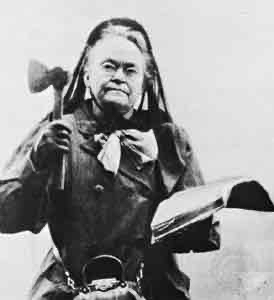
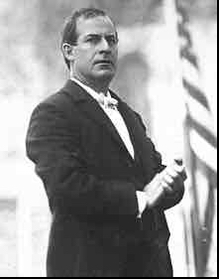
William Jennings Bryan
Who: most important populist politician, ran for president three times- never won. Nebraska congressman, US Secretary of State for Woodrow Wilson
What: cross of gold speech which attacked the US gold standard
When: almost won presidency in 1896 (as a populist and democrat), also ran in 1892
Where: America
Why does it matter: showed populism as a valid political party before its collapse, really threatened the two party system. Shows that laborers and farmers had legitimate political say in the government which had largely favored large companies
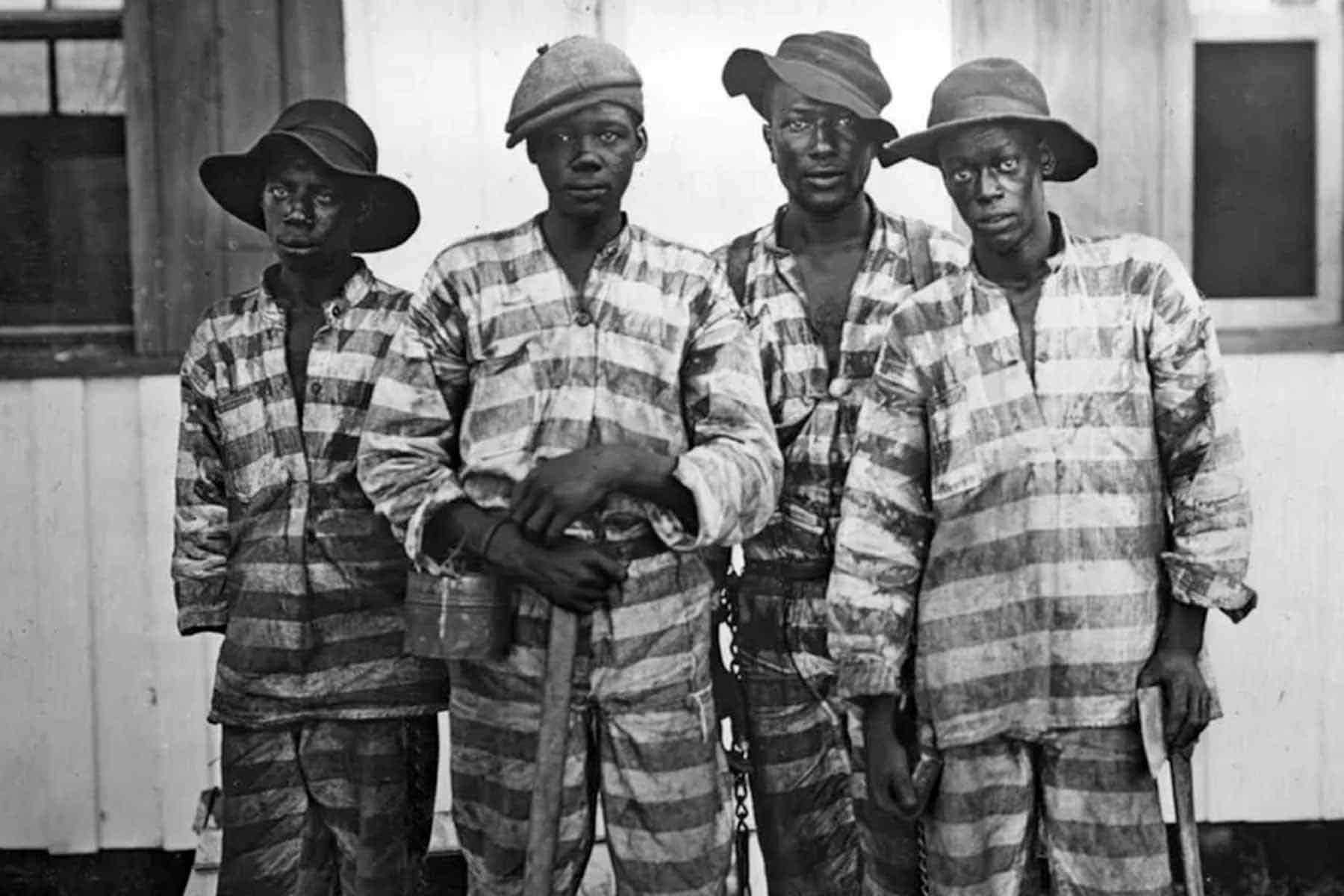
Convict Labor
Who: mostly African American men, usually falsely accused of crimes or accused of crimes as small as “looking at a white woman”
What: the system of utilizing criminals for the hard labor that, in the past, would be done by slaves. Often they were physically tortured and disposed of.
When: late 1800s, post civil war
Where: particularly the south
Why does it matter: represents a “new slavery” and the constant reflection of racism in the south. Example of “separate but equal” being false and the societal support behind disenfranchisimg Black people at every step. White supremacy.
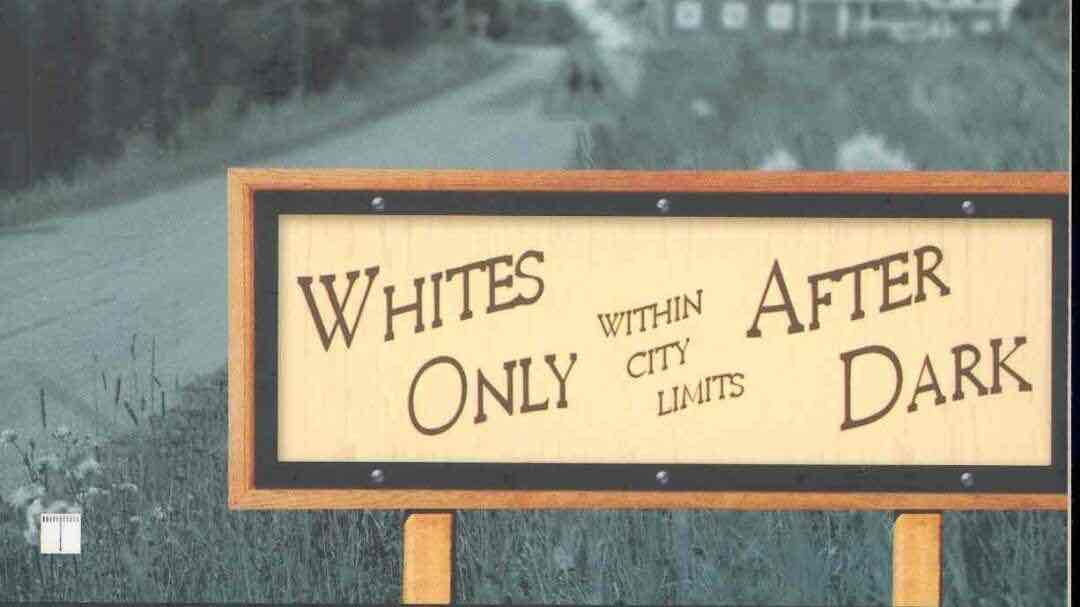
Sundown Towns
Who: southern white supremacists
What: white towns that exclude Black (and other racial or ethnic minority) people, often utilizing harassment and violent means such as lynching. Name stems from the idea that you don’t want to be in the town past sundown. Some were obvious, displaying anti-Black signs, and others more subtle. A guidebook was even published to warn African Americans of these towns.
When: reconstruction and Jim Crow, into the 20th century, even some today - if more uncommon or hidden
Where: the south, a lot of times
Why does it matter: the commitment to white supremacy and the constant violent racism at play in America, even after the civil war and civil rights and other equality efforts
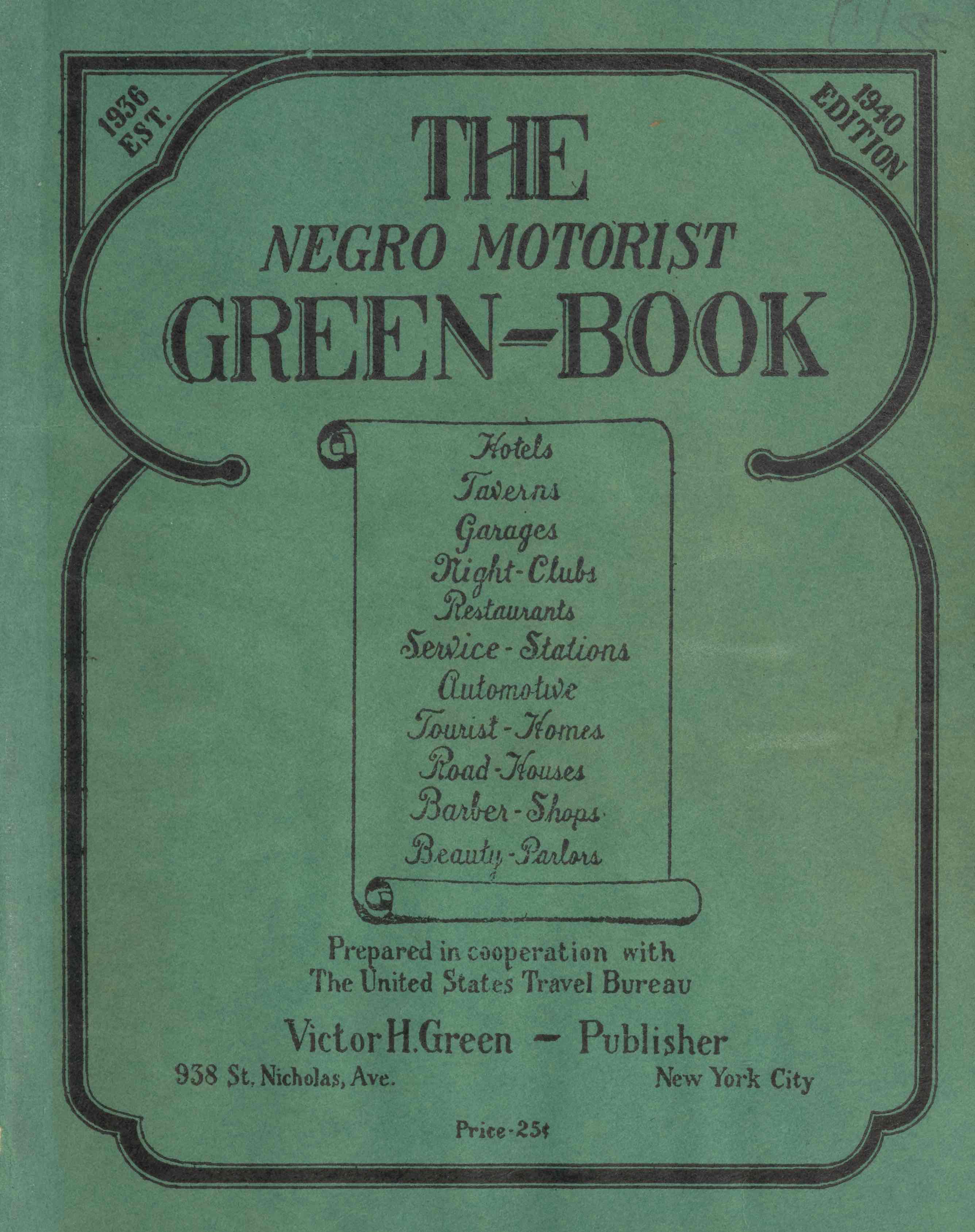
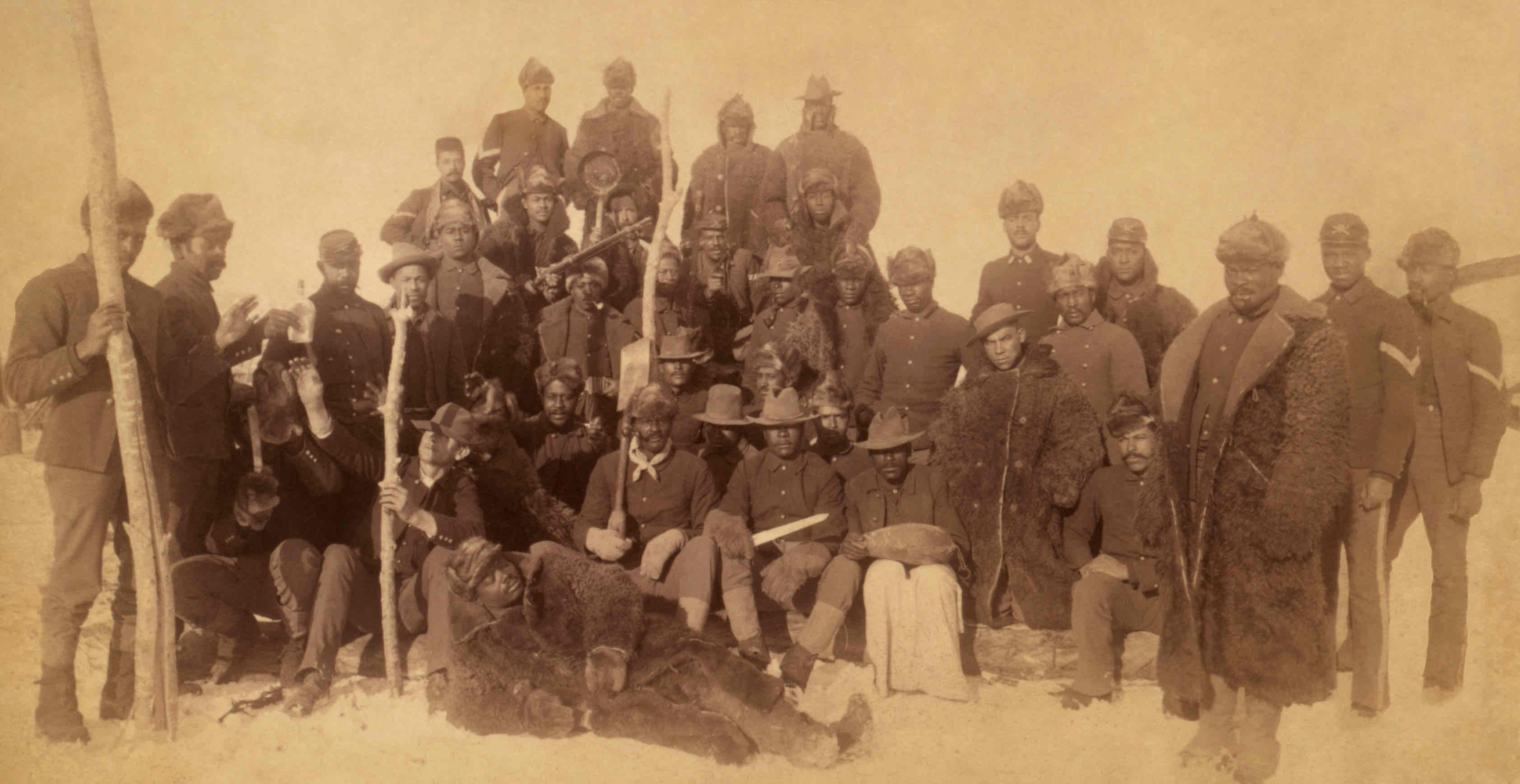
Buffalo Soldiers
Who: former slaves
What: Black soldiers who enlisted in U.S. military, name given by natives, key roll in settlement of the west. Cavalry and infantry. Used in Indian wars.
When: the Indian wars, after civil war -1890
Where: the western US
Why does it matter: the unification against Native Americans, the chance for former slaves to be integrated into white American society if they supported the forced expansion into native territories. The first peacetime all-Black regiments in the regular US army.
Compromise of 1877
Who: southern democrats and northern republicans
What: a deal that required the north pull its federal troops out of the south and allow full democratic control in the region in exchange for Hayes winning the presidential election (rather than Tilden, in a highly contested election) and a number of other mutually beneficial agreements, including that the south would respect the civil and political rights of African Americans, which didn’t happen
When: 1877
Where: the south
Why does it matter: marks the end of the reconstruction era and the south reemergence into the political machine post-war, gives democrats control of the south again and enables Jim Crow laws and general disenfranchisement of Black people for years to come
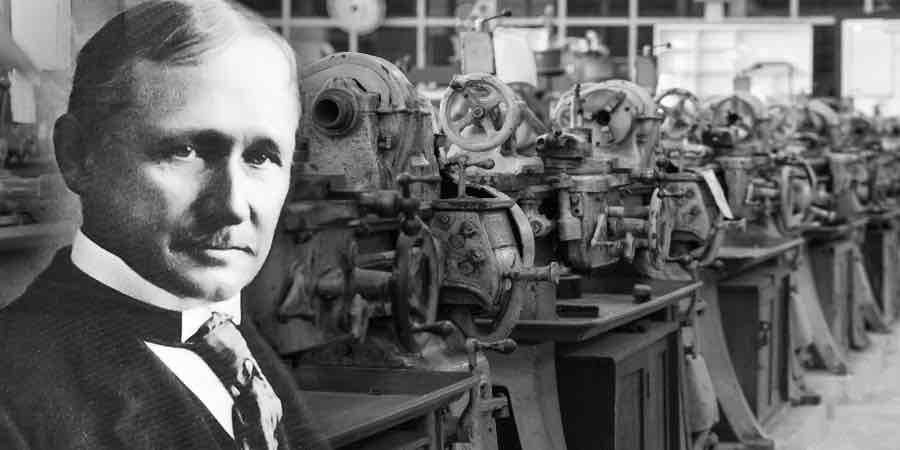
Taylorism
Who: Frederick Taylor
What: idea of increasing efficiency by dividing tasks in an industrial setting. The first idea of an assembly line. Workers had one distinct task and thus were both faster and also easily replaced.
When: turn of the century, late 1800s-1900s
Where: America
Why does it matter: propelled companies into the forefront of American business. Made mass manufacturing more accessible and cheaper. Ford, Singer Sewing Machines, McCormick grain reapers, Duke Cigarette rollers, all saw crazy increases in production only possible with this strategy and led to their prevalence in American business, manufacturing, and pop culture. Also reduced the importance of the worker. Led to the rich getting richer, and the poor staying poor.
Separate Spheres
Who: conservatives and traditionalists vs social reformers
What: the idea that men and women had different jobs in society, but that these jobs were equal in importance. Keep women in the home and men in the workforce. Still, this was oppressive to people (namely women) and resulted in subsequent rallies against these ideas and the women’s rights movement
When: late 1800s, reformation
Where: America
Why does it matter: was the motive for the women’s rights movement and a desperate grasp to maintain a traditional society by conservative people
Homestead Act
Who: congress passed it, impacted settlers
What: an act that allowed men and some single women to federally own lands in the expanded west so long as it was “improved” by farming, building, digging wells, etc. after five years of living on the land, you could apply for the deed
When: 1862
Where: the American west
Why does it matter: enabled the spread of settlers into the west by removing the typical financial risk and effort. Encouraged manifest destiny ideas. Took more lands from natives. Increased amount of farming done on US soil, expanded economy.
Dawes act
Who: congress passed it, impacted natives
What: an act meant to break up traditional tribe structures and encourage native Americans to establish single family homes and farms. A family was allotted 160 acres, but they were held in trust, and couldn’t be sold by the allottees for 25 years. Anything else left would be federal land.
When: 1887
Where: the American west
Why does it matter: yet another effort to disenfranchise native tribes and nations. Framed as protection for the indigenous groups but still harmed them and their way of life. “Civilizing” the natives.
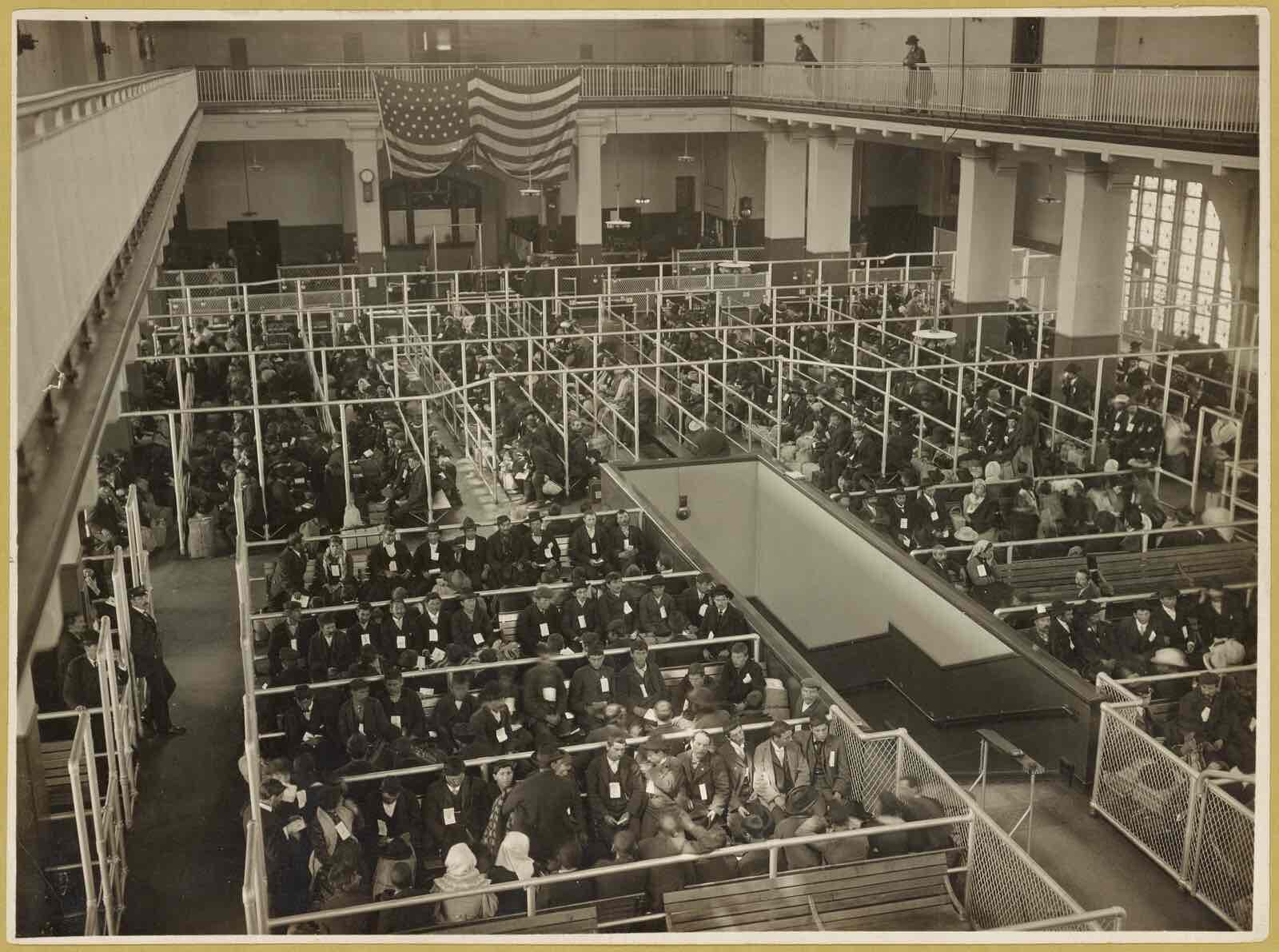
Ellis Island
Who: immigrants
What: the processing facility where (typically European) immigrants entered into the US from the east coast
When: 1800s, influx of immigrants
Where: just off of NYC
Why does it matter: filtered immigrants based on health, etc. and was a demoralizing process which dehumanized immigrants. Representative of the massive influx of immigrants into the US in the late 1800s and the negative attitudes held towards them
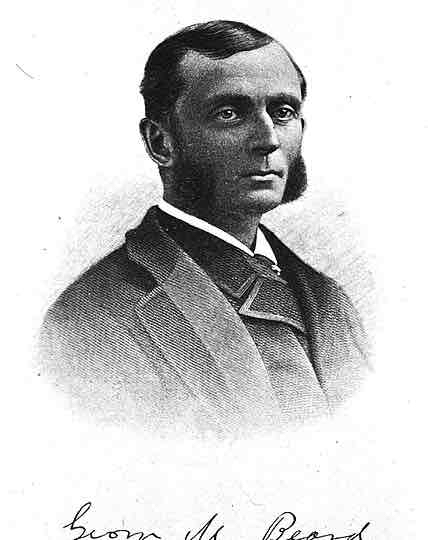
Neurasthenia
Who: George Beard coined the term
What: “men are beta males nowadays!” The idea that men are experiencing a condition making them “soft” or “feminine” or generally emasculated as a result of jobs that no longer required as much physical labor as jobs of the past, like farming. Marked by “depression, indigestion, hypochondria, and nervousness”
When: sufferage and industrial movement
Where: America, William James called it “Americanitis”
Why does it matter: proliferation of the idea that men were in worse condition than before. Caused the popularity of the Spanish war later, the idea that young men needed a war to maintain their masculinity.
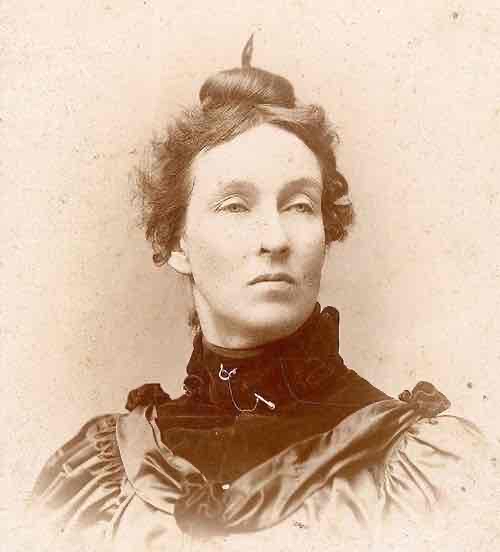
Mary Lease
Who: a Kansas populist
What: famously (maybe) said for farmers to “raise less corn and more hell” in the face of America’s widening inequality caused by (they believed) business elites and corrupt party politicians.
When: 1892/93/94
Where: across the country, as speakers traveled to spread the word
Why does it matter: the populist party tapped into the discomfort that resulted from the new industrial America and caused political instability in the two party system for a time, although they later were pushed out. Advocated for the lower class and the workers in a time where the division between rich and poor was growing wider… but they were still white supremacists.
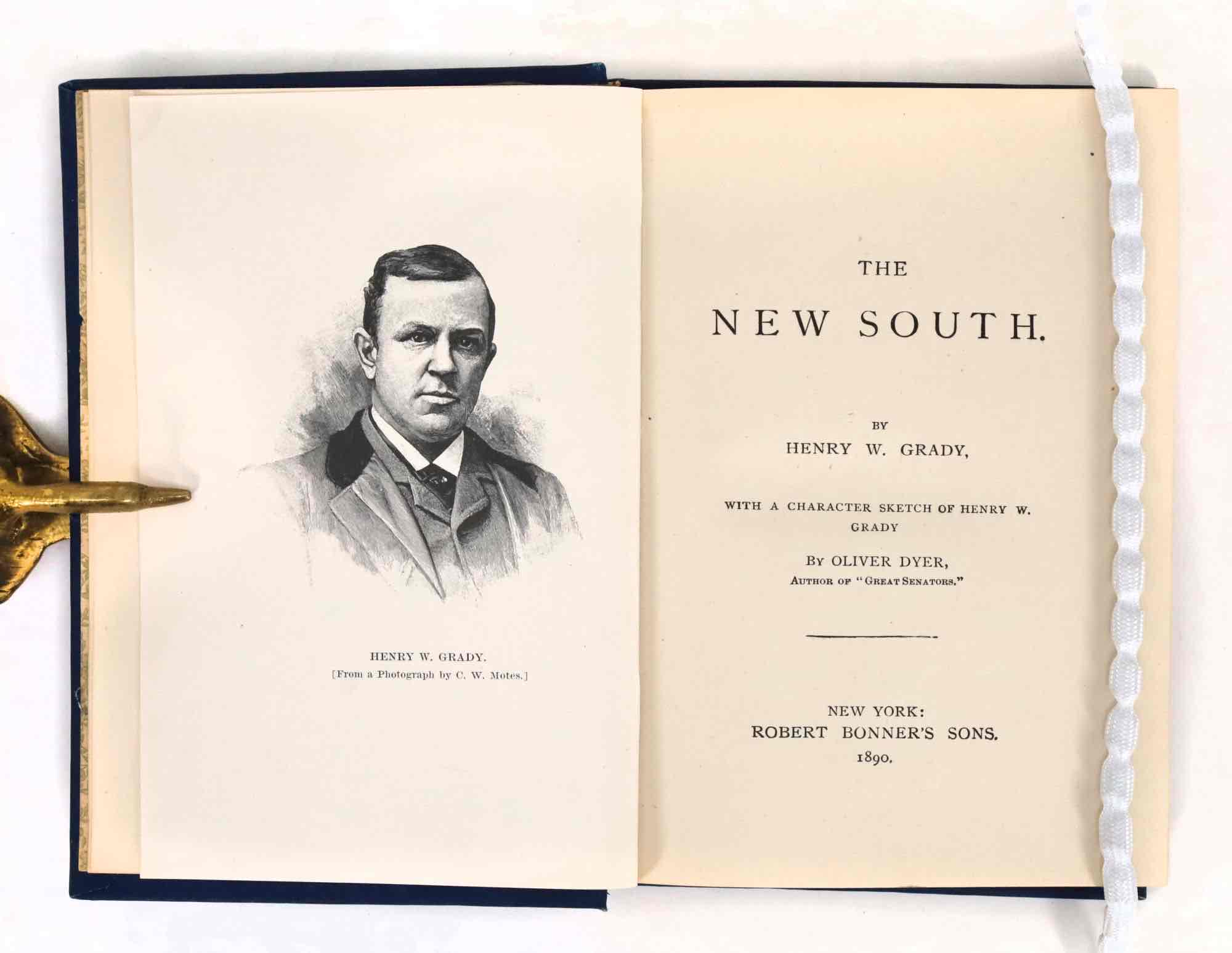
Henry Grady
Who: a southern newspaper editor and New South booster
What: concept of the New South imagined that the post war south as a place that could diversify agriculture and embrace industrialization. Alliance of northern capital and southern labor. But like economically and socially the south didn’t change very much.
When: 1886 (Grady’s speech saying “there was a south of slavery and secession, that south is dead”)
Where: American south (speech made in NYC)
Why does it matter: demonstrates the southern effort to economically move on from their past (out of necessity) despite the fact that this pretty much failed, especially the social aspect stayed the same.
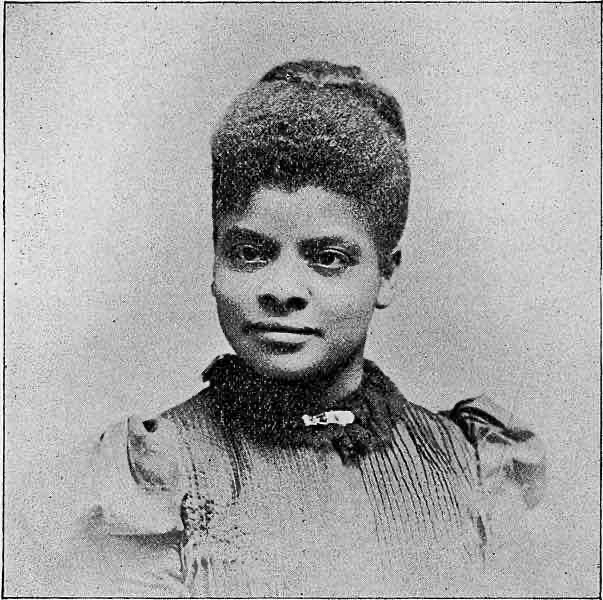
Ida B Wells
Who: an African American woman and pioneering anti lynching advocate (1862-1931)
What: she published Southern Horrors: Lynch Laws in All its Phases, which both documented the culture of lynching and exposed the myth of the Black rapist.
When: 1892, in the midst of the rising culture of lynching Black men to “protect white women’s honor”, as many held the belief that Black men were dangerous and rapists. From 1880-1930 500 African Americans were killed in lynch mobs in Mississippi, 400 in Georgia.
Where: the south
Why does it matter: a demonstration of the implicit and explicit bias white people had against African Americans in a post civil war time when they were meant to be free and equal. The legal reflection of a social idea that Black people were somehow more dangerous or less civil than white people, which allowed lynching and other unfounded vigilante “justice” to be carried out by white mobs.
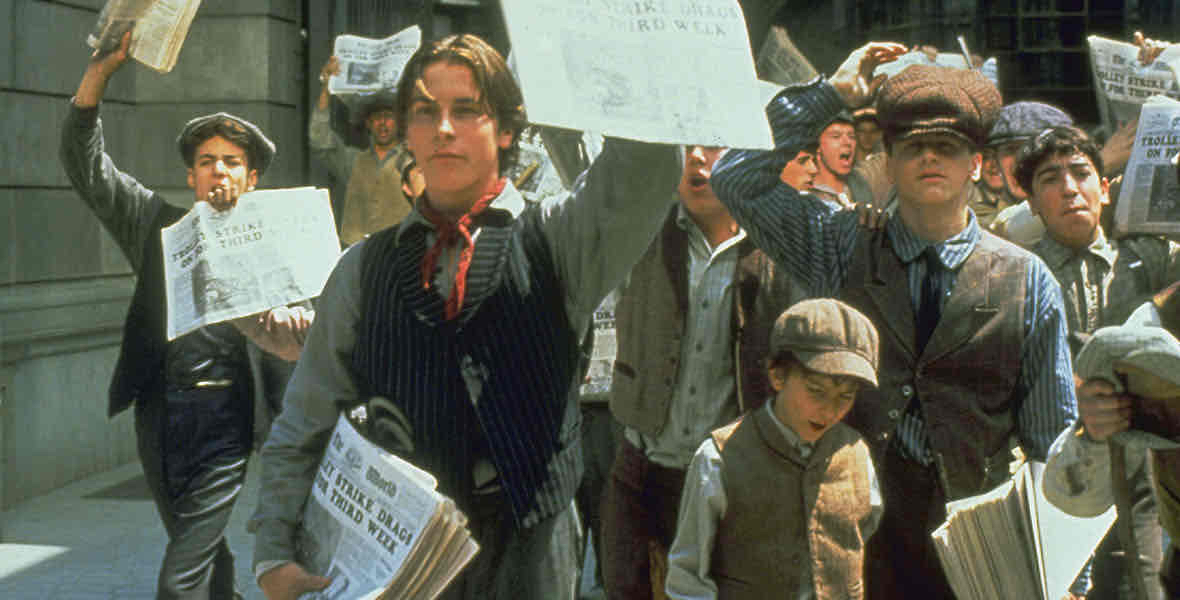
Yellow Journalism
Who: Pulitzer, Hearst
What: sensationalized news, especially Cuban revolutions leading up to Spanish American war and the explosion of The Maine, capitalizing on outrage
When: 1898, particularly
Where: papers usually based in NYC
Why does it matter: a pretty large contributor to the Spanish American war starting,got Americans involved, made money off of over exaggerating things and essentially tricking the public
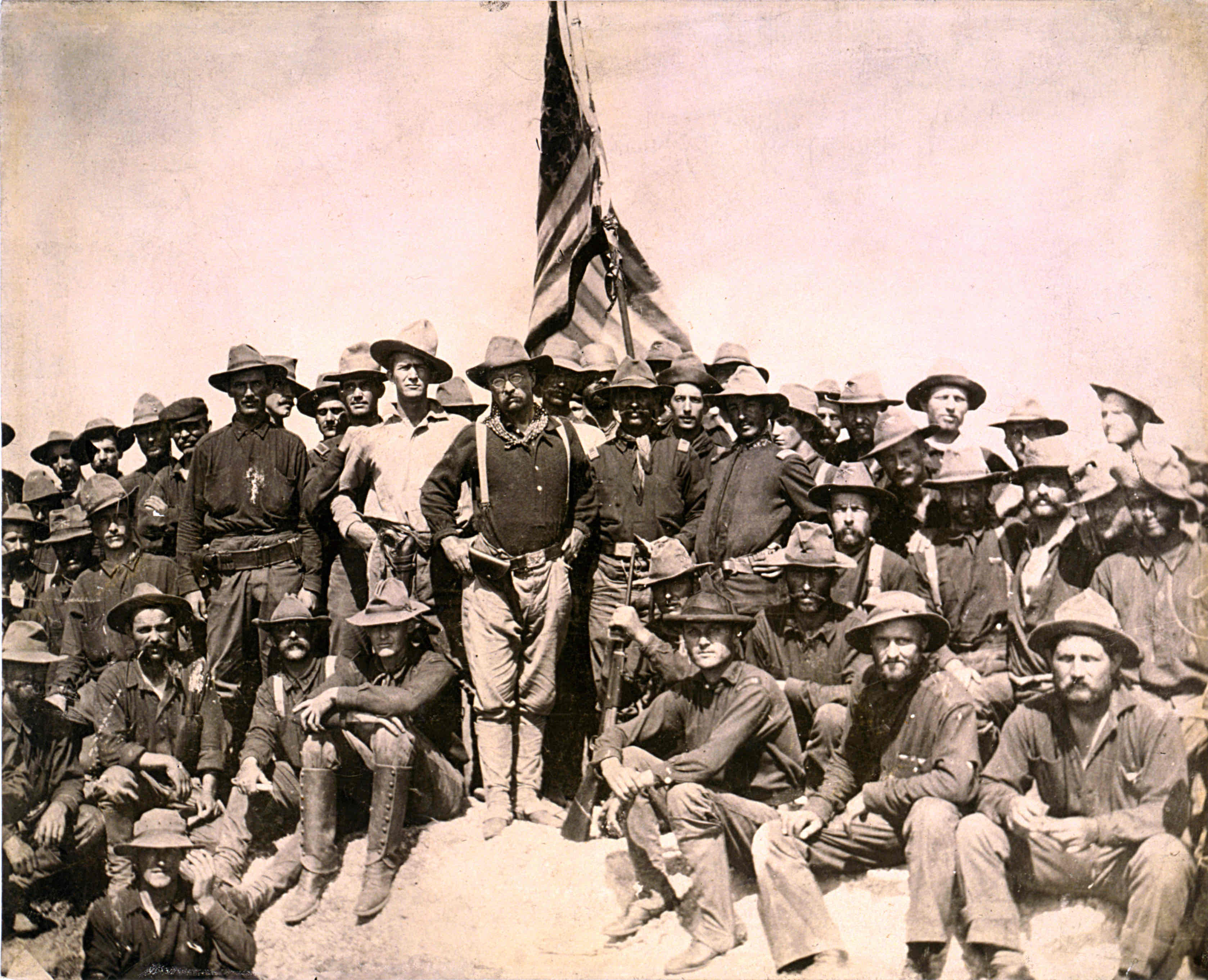
Rough Riders
Who: Theodore Roosevelt
What: volunteer regiment led by Roosevelt in Spanish America war
When: the Spanish American war
Where: Cuba
Why does it matter: boosts TR popularity majorly and makes him a household name, puts him on the ballot in 1900